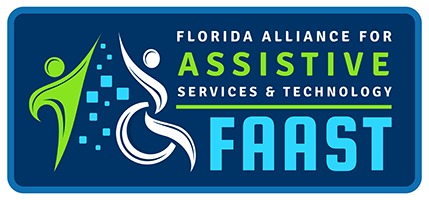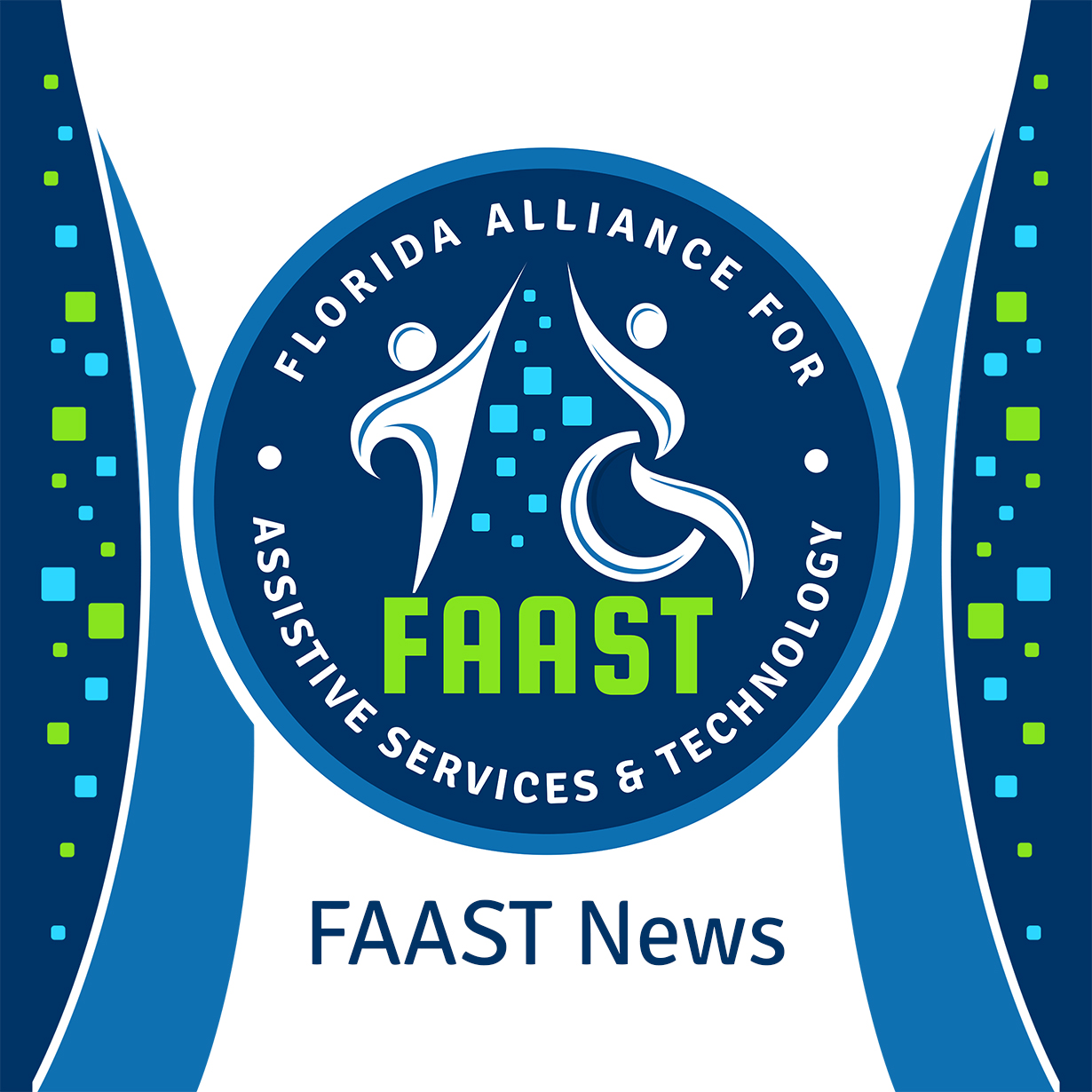There are many challenges facing children with autism spectrum disorder (ASD). Depending on how their ASD presents, they may have difficulty communicating with others, understanding social cues, and even developing language. Over the past decade, advances in technology have allowed many parents and educators to broaden the horizons of kids with ASD.
Computer-assisted technology can be used in a number of ways to enhance social, communicative, and language development for kids with ASD. This has become even more true during the COVID-19 outbreak.
In the past month, the world as we knew it has been upended. With school closures across Florida, parents have found themselves responsible for educating their kids — all while complying with social distancing mandates. For parents of children with ASD, the use of computer-assisted technology has become even more important to ensure that their kids don’t lose crucial social, communication, and language skills during this time.
What Is Assistive Technology?
Under the federal Technology-Related Assistance for Individuals with Disabilities Act of 1988, assistive technology is any item, piece of equipment or product system that is used to increase, maintain, or improve functional capabilities of individuals with disabilities. It includes technology that is purchased commercially, off-the-shelf, modified, and/or customized.
Computer-assisted technology may include:
- Speech-generating devices
- Software games to help develop skills
- Apps
- Voice recognition software
- Assistive technologies may also include low-tech items, such as canes. For the purposes of this article, the focus will be on items that utilize computers and other forms of technology.
Computer-assisted technology can be particularly useful for children with ASD, as many people on the spectrum are visual thinkers who process information better when they are looking at pictures or words to help them visualize information. Technology can make visual images more accessible to kids with ASD.
In addition, children with ASD may have sensitivity to loud sounds. Using computers allows parents to adjust the sound level to individual needs, and even to limit the decibel level of sound that a device can put out.
Technology can also help kids on the spectrum who struggle with fine motor skills. By using a keyboard, touch screen or speech-to-text app, the challenges associated with handwriting or drawing can be reduced. In these and other ways, computer-assisted technology can be incredibly useful when help a child with ASD develop social, communication and language skills.
Building Social Skills with Assistive Technology
Children on the autism spectrum may have a difficult time with social skills that are often easier for neurotypical kids. In a school setting, teachers with specialized training may work on the development of social skills in a number of ways, such as through Social Stories, scripts, and cards that remind students of social rules (such as raising their hands before they talk in class).
Beyond these low-tech methods, there are a number of computer-assisted technologies that educators and parents alike can use to help children with ASD enhance their social skills. For example, software produced by FaceSay can be used to develop social skills. Using these games, children learn to imitate pro-social behaviors through imitation. This software offers both video modeling and script training to help students better recognize both behavioral and emotional cues.
There is a range of other computer-assisted technologies that can be used to build social skills, including:
- First Then Visual Schedule (app): this app allows children with ASD to use and follow schedules.
- Learn with Rufus: Feelings and Emotions (app): for younger children with ASD, this app allows them to learn facial expressions that correspond to feelings.
- Camp Discovery (app): this app includes a suite of games that enhance social skills for children with autism.
- Meet Heckerty (app): children interact with the main character, Heckerty, on this app, who finds the world confusing and makes mistakes.
- Give Me 5 (app): in this app, children answer questions about social situations presented in brief video clips to learn about eight different categories of social skills.
- Mission Rescue Kloog (app): with this app, kids help an alien named Kloog after he crash lands on Earth. They help him understand social rules and customs so that he can interact with people to get parts and fuel for his ship so that he can go home.
- Zeno: The Social Robot (robot): with this robot, children can interact with a robot that has been specially designed to improve social skills, allowing them to develop skills without the stress of human interaction.
Each of these can be used at home to help a child on the autism spectrum develop their ability to engage with others in an appropriate way.
Using Technology to Increase Communication Skills
Many children who have ASD experience communication difficulties. Some children may be completely non-verbal, while others may have difficulty understanding social cues or appropriate tops of conversation. In a school setting, teachers and aides may use a number of strategies to develop expressive communicative skills, such as a picture point communication board system, a picture exchange communication system, or choice cards.
These low-tech options are great for both home and school. However, there are also technologies that can be used to help children on the spectrum who have challenges with communication. For example, for children who are non-verbal, a speech-generating device can be incredibly helpful. These devices may be standalone or could be in the form of software that is installed on a tablet or phone. GoTalks is one type of speech-generating device that parents can use for their kids.
In addition to speech-generating devices, there are a number of alternative communications strategies that can be used to enable a child with ASD to develop expressive communicative skills through technology. These may include:
Apps that teach sign language, which can then be used as a form of communication
- Visual Essentials Software: this package provides over 3500 different photos along with charts and boards that can be adapted to different situations
- Quick Talker 23 (app): this speech-generating device allows a child with ASD create sentences by touching icons to put words together. This app offers five different levels, based on different skill and comprehension levels.
- CoreVoice (app): by installing this app, any phone or tablet can become a speech-generating device. It includes nine pre-made boards, plus a board that can be customized.
- Tobii Dynavox I-110 (device): this portable keyboard-based speech-generated device.
- Tobii Dynavox Indi with Snap + Core First (device): this portable speech-generating device uses a symbol-based software, Snap+ Core First. It offers several different voices and supports add-on devices such as switches.
- Alphasmart Neo (device): this portable word processor features a full-size keyboard with a small LCD screen, to be used with children who have difficulty with handwriting due to poor fine motor skills.
- Talking Word Processor from EnableMart (software): this software program offers speech feedback so that a child with ASD can hear what they have written.
- Assistive Listening Systems: these tools allow children with ASD who have auditory processing issues hear more clearly. These devices, apps, and software programs can be incredibly helpful in allowing a child on the autism spectrum to communicate with their loved ones. Significantly, studies have shown that the use of this type of technology does not hinder the development of communication skills.
Developing Language Through Computer-Assisted Technologies
One of the difficulties that many children with ASD face is both acquiring and comprehending language. As noted above, many people with ASD are visual thinkers. Helping kids on the spectrum enhance their language skills is a primary goal of assistive technology. At school and at home, parents and educators can use a number of techniques, such as modeling language (i.e., saying “open” when opening a door) to build receptive and expressive language skills.
There are a number of computer-assisted technologies that can also aid in language development. For example, the app Proloquo2Go uses symbols to help children with ASD communicate and to develop language. Other technologies that may be used include:
- QuestionIt (app): this app helps kids with autism develop and strength concepts of language use, with color-coded support to cue comprehension. Kids can sort words by the types of questions that they answer, allowing them to increase skills over time tuntil they can answer questions about a paragraph.
- Autism iHelp – Sounds (app): using this app, kids with autism learn to connect images with their accompanying sound.
- Autism Read & Write Pro (app): this app offers assistance for a child to identify things found at home, at school, and in other places, allowing them to understand what they read, write, and learn.
- Autism & PDD Comparatives/Superlatives Lite (app): using this app, children with ASD learn to understand and answer the W questions (who, what, when, where). It also enhances language and literacy skills.
- Avaz Lite (app): this app has a dual function: it helps with speech, and it creates a picture exchange communication system book that can be printed. In this way, children with autism can learn new words using a visual system.
- By using these apps, children who are on the autism spectrum can continue to develop their language skills. This may be particularly important during COVID-19 social distancing, when kids may have fewer opportunities to engage with peers, or when parents have to work from home while their children are also home from school.
Assistive technology is often a core component of helping children with autism grow and enhance their skills, whether at home or in school. During the coronavirus pandemic, these apps, software packages and programs may become even more important as a way of ensuring that social, communication and language skills development can continue when we are all outside of our normal routines and schedules.


